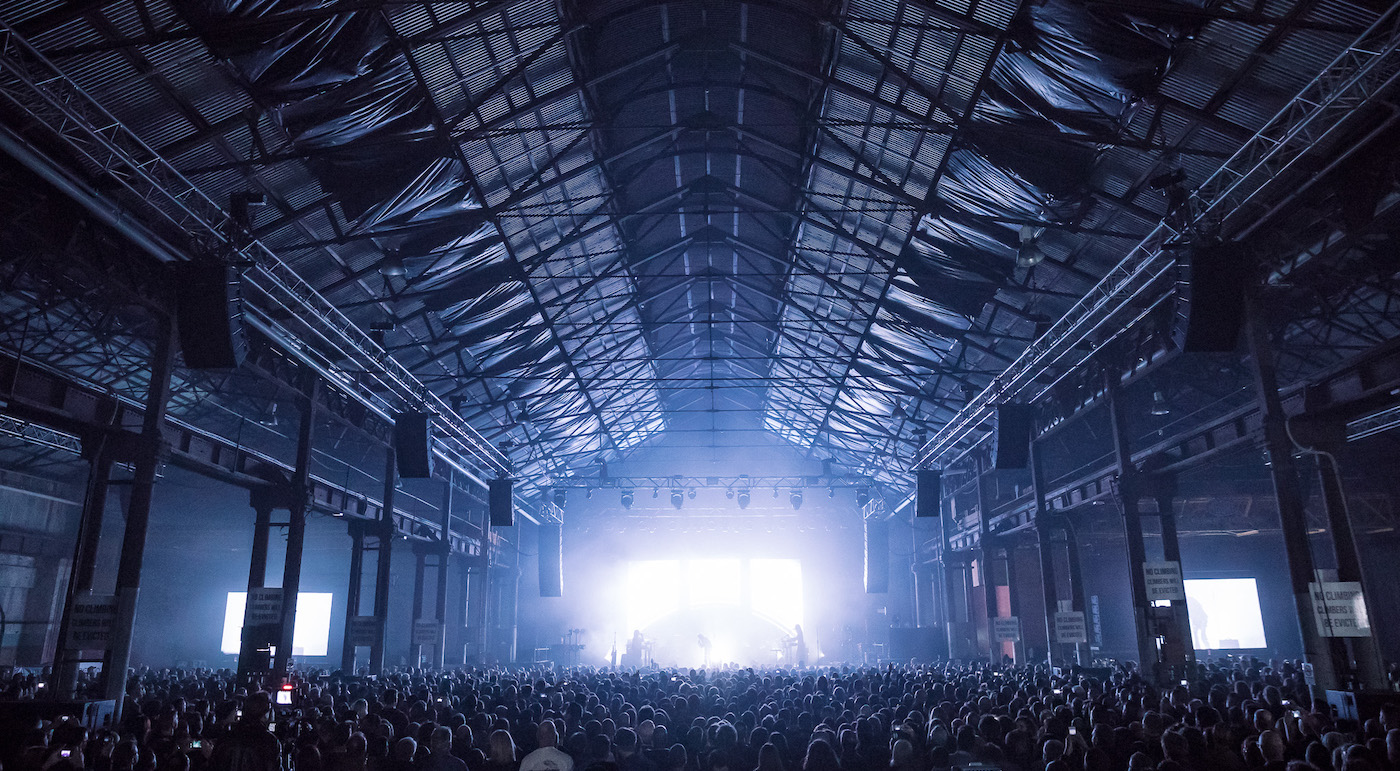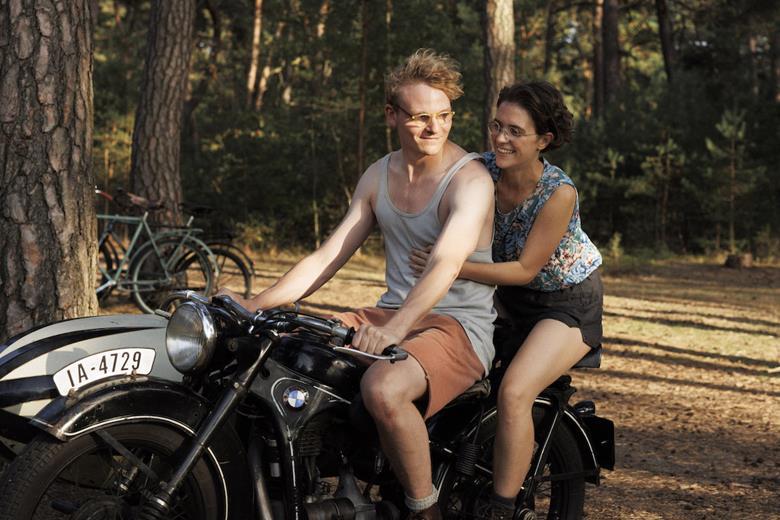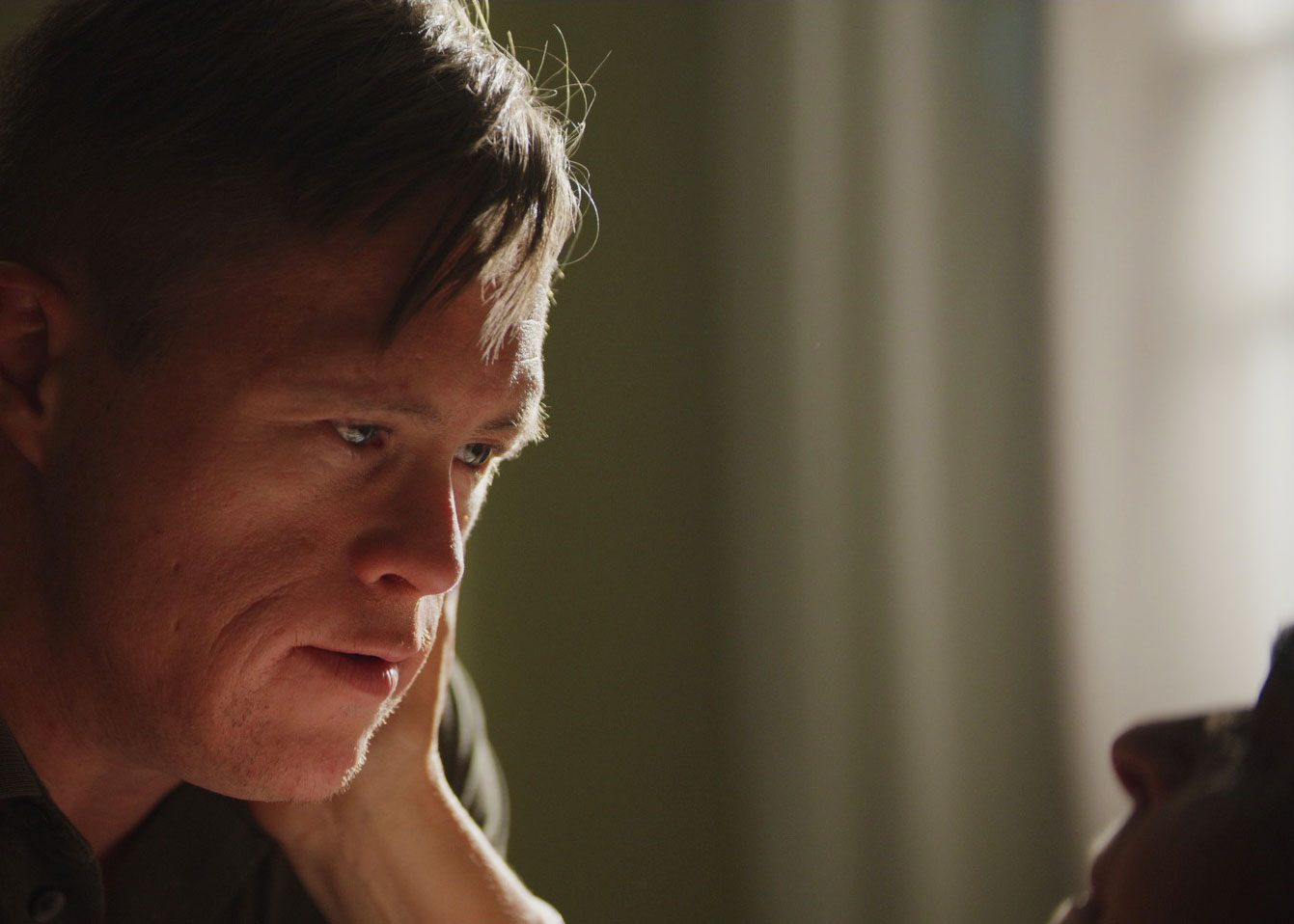
The Lost Boys of Sudan

Can you conceive of seeing your best friend eaten alive, only feet away from where you stand? I can’t. The man sitting beside me is telling me how this happened to him, and that is only a small part of his amazing story.
The original Lost Boys of Sudan were some 25,000 mainly boys (girls attract a dowry in Sudan and were often taken in to be raised by other villagers) who fled their homes in South Sudan when troops from the north systematically attacked their villages in the late 1980s. This was the time of the Second Sudanese Civil War (1983-2005) and there were an estimated 2.5 million deaths.
The Lost Boys epic journey covered thousands of kilometers, taking four years and traversing three countries. It is estimated as many as a third of them died due to starvation and dehydration, in the jaws of wild animals, or at the hands of enemy soldiers or hostile tribes. Their journey ‘ended’ in 1992 when approximately 16,000 of them became the initial inhabitants of the Kakuma Refugee Camp in Kenya. Kakuma is the Swahili word for “nowhere”.
The aid workers setting up the camp, in reference to Peter Pan’s Lost Boys, dubbed them “The Lost Boys of Sudan”.
I first became aware of the Lost Boys of Sudan a few years ago via David Eggers book What is the What. It tells the story of Lost Boy Valentino Achak Deng, his journey through Sudan, Ethiopia, back into Sudan and finally to Kenya and Kakuma Camp, before being repatriated to the United States. Then early last year I was commissioned to do a series of portrait photographs of the locals of the St Marys district. In the course of this project I discovered that St Marys had a significant South Sudanese refugee population.
How I came from photographing in St Marys to Kakuma Refugee Camp in Kenya is a story unto itself, one that in all likelihood should not have eventuated. But it did.
And thus I found myself, sitting in Kakuma looking into the faces of a group of original Lost Boys. I say original because the Sudanese conflict has been an ongoing issue, and even as these words are read more Sudanese refugees flood into Kakuma. However, these men were the first Lost Boys of Sudan who arrived at the camp in August of 1992. They have been there for 22 years.
Here is where words become insufficient. Sitting down and talking to these men was both a difficult and astounding experience. Hearing a man tell you how he saw his best friend eaten alive or how he watched as boys simply sat down under a tree to wait for death is heartbreaking. Looking into the face of a 31-year-old man and seeing the eyes of the nine-year-old boy who arrived in Kakuma, the eyes of the five year old boy who fled his village in terror – these aren’t memories that one easily leaves behind.
After my initial contact with the Lost Boys I did some more research. There are a number of very good documentaries, films and books that tell the feel-good stories of the successful repatriation of Lost Boys. In 1999 the US took almost 4,000 orphaned Lost Boys in a program that sadly came to a halt on September 11, 2001, for obvious reasons. The South Sudanese independence in 2005 saw many more return to South Sudan. But in all these stories I found not one mention that there remain these more than 200 original Lost Boys still in Kakuma.
By their own accounts these Lost Boys have had their applications for repatriation either lost, or they are being told to “be patient”, some 22 years on. “I was promised resettlement to the US but nothing has happened. Our life in Kakuma was full of waiting but waiting for nothing to come. We are just left behind and forgotten.” The words of Taban Malwei echoed those of all the Lost Boys.
To give you an idea of life in Kakuma, the camp has a capacity to hold 100,000 refugees. It is currently home to an estimated 150,000 refugees and that number is rising. The temperature sits around 40 degrees Celsius, regular dust storms blow through the camp with limited natural shelter, and when the rains come they flood the camp and bring mosquitoes and malaria. Due to an increased numbers of refugees rations have recently been cut. Standard rations make it a struggle for one small meal a day.
To spend a year or two in Kakuma camp would be difficult. To arrive after surviving the journey that these boys, now men, did; only to spend 22 years in these conditions “waiting for nothing to come” is incomprehensible.
One man, in a voice barely audible, said to me as he looked meekly at the ground, “Maybe God sent you”. I had no words to answer him. I still don’t. (CP)
‘The Lost Boys of Sudan – Lost Again’ by Chris Peken, May 29-Jun 8, Gaffa Gallery One, 281 Clarence St, Sydney, free, gaffa.com.au









